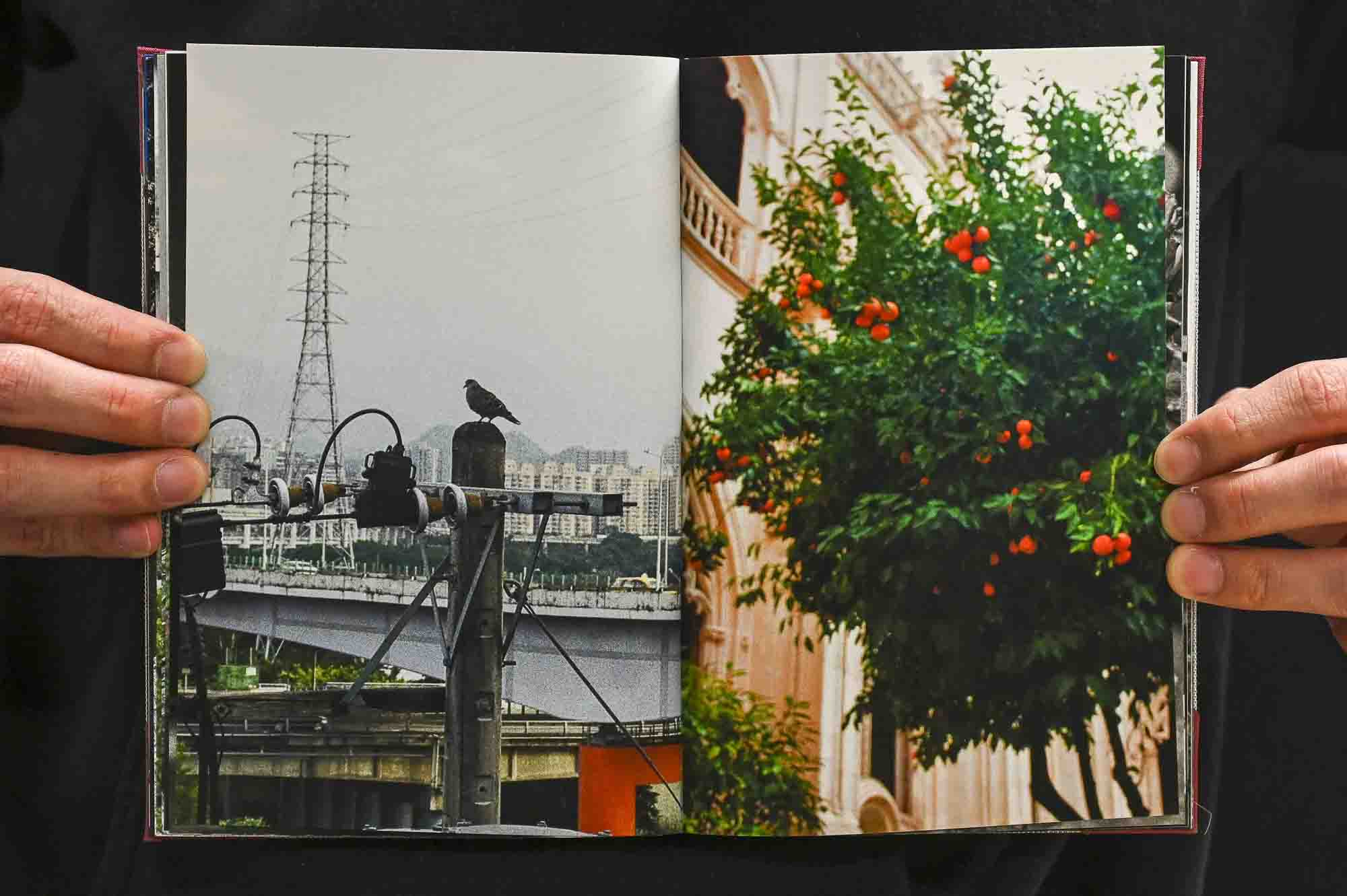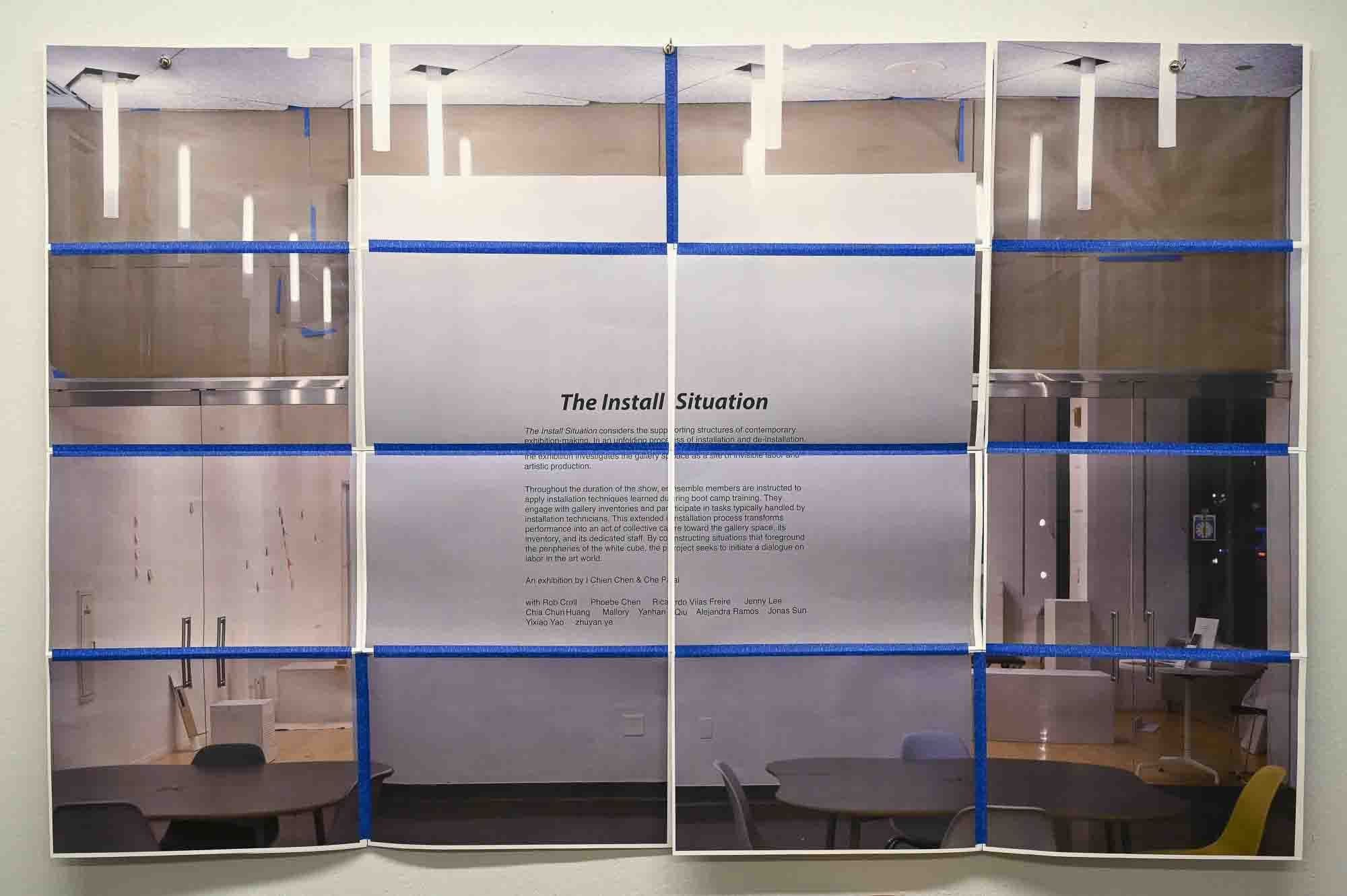We Are Beings for Being Not Ourselves
Section 1: An Unexpected Photo Book
Opening quotation
“Eyes are constructed to see nothing but still photographs from a living, moving film, and whatever they see they pin down and kill. I believe that what I’m seeing is fixed, but that’s a false image of the world. The world is constantly in motion, always vibrating…. Our eyes take pictures that are nothing but images, mere outlines. The landscape is the greatest
illusion of all because there is nothing constant about it…. In it [landscape] a person sees his own inner, transitory moments.”
House of Day, House of Night by Olga Tokarczuk
Closing quotation
“Maybe my heart is vaster than
the universe”
Spring Song by Yang Mu
「比宇宙還大的可能說不定
是我的一顆心吧,」
楊牧〈春歌〉
Section 2: Walking Bodies and Tangibility
Opening quotation
“My body moves slowly but inevitable into trance. I become fully aware of the soles of my feet. I become hyper-aware of the floor. The floor is no longer separate from my psyche.”
Walking Art Practice by Ernesto Pujol
Closing quotation
As Karen Barad states, “The world is an ongoing intra-active engagement, and bodies are among the differential performances of the world’s dynamic intra-activity, in an endless reconfiguring of boundaries and properties, including those of spacetime.”
Meeting the Universe Halfway by Karen Barad
Section 3: Entangled Becoming
Opening quotation
Images are always images about something; an image fixed to film that refers to something existing here and now. It is not reality itself but at most emerges from a veritable relation of correspondence with reality. Thus, no matter how much an image “does not resemble” reality, the relation with “it” is always narrowly retained.
“Has Photography Been Able to Provoke Language?” in Why an Illustrated Botanical Dictionary? by Nakahira Takuma
Closing quotation
…Japan and Taiwan, the colonizer and the colonized, shared similar cultures, especially a “same language” setting. This unique situation nurtured the emergence of a new integrated language colonial Chinese language in Taiwan… making use of the distinctive visual feature of Chinese characters and the linguistic creole phenomenon…
Imagination and Boundary: Creolization of Literary Forms in Taiwan (2013) by Pei-feng Chen



